Home>Furniture & Design>Bathroom Accessories>What Is The Apron On A Bathtub
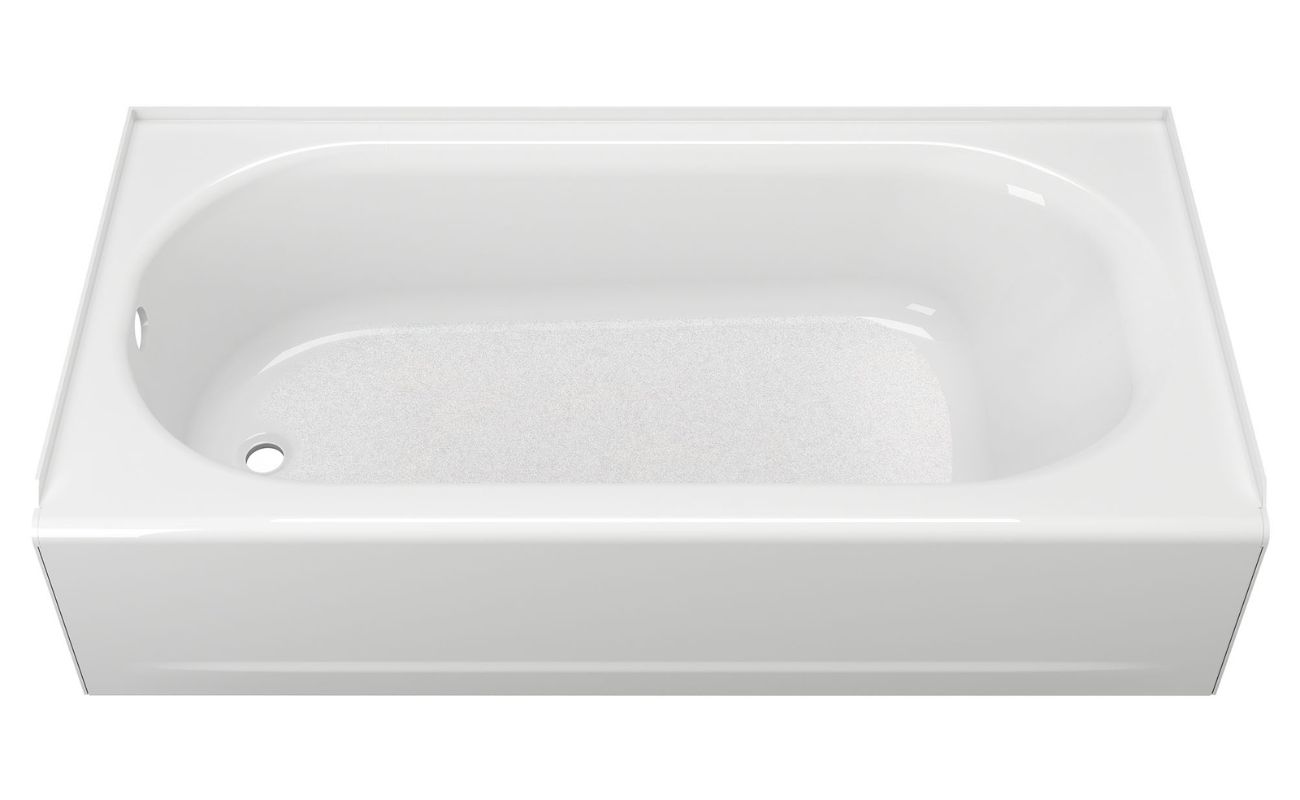

Bathroom Accessories
What Is The Apron On A Bathtub
Modified: March 25, 2024
Discover the purpose and benefits of the apron on a bathtub, an essential bathroom accessory that adds style and functionality to your space. Explore different designs and materials to enhance your bathroom décor.
(Many of the links in this article redirect to a specific reviewed product. Your purchase of these products through affiliate links helps to generate commission for Storables.com, at no extra cost. Learn more)
Introduction
The apron on a bathtub is a functional and aesthetic feature that plays a crucial role in the overall design and functionality of the tub. It serves as a protective covering for the underside of the bathtub, concealing the plumbing and providing a polished look to the entire bathroom space. The apron, also known as a skirt, is an essential component of many modern bathtubs, adding a touch of elegance and style to the bathroom decor.
The apron is not merely a decorative element; it serves practical purposes as well. It shields the area beneath the bathtub from dust, moisture, and potential damage, thereby prolonging the lifespan of the tub and ensuring its structural integrity. Additionally, the apron contributes to the seamless integration of the bathtub into the bathroom layout, creating a cohesive and visually appealing environment.
In the following sections, we will delve deeper into the significance of the apron on a bathtub, exploring its diverse types, the materials used in its construction, the installation process, and the essential maintenance practices to preserve its functionality and aesthetic appeal. Understanding the role of the apron and the options available will empower homeowners to make informed decisions when selecting a bathtub that aligns with their preferences and requirements.
Key Takeaways:
- The apron on a bathtub is more than just a pretty cover – it protects the tub, hides plumbing, and adds style to the bathroom, making it a crucial part of modern design and functionality.
- Homeowners have various options for bathtub aprons, from removable to tile aprons, each offering unique benefits to suit different preferences and design aspirations. Materials like fiberglass and acrylic also play a key role in durability and maintenance.
Read more: What Is An Integral Apron Bathtub
Purpose of the Apron
The apron on a bathtub serves multiple essential purposes, making it a fundamental component of the overall bathtub design. Its primary function is to conceal the underside of the tub, including the plumbing and any unsightly elements, creating a clean and polished appearance in the bathroom. By covering these structural components, the apron contributes to a cohesive and aesthetically pleasing environment, enhancing the overall visual appeal of the bathroom space.
In addition to its decorative role, the apron also plays a crucial practical function. It acts as a protective barrier, safeguarding the underside of the bathtub from dust, moisture, and potential damage. This protective feature is particularly valuable in bathrooms with high humidity levels, as it helps prevent moisture-related issues that could compromise the structural integrity of the bathtub over time. By shielding the vulnerable areas beneath the tub, the apron contributes to the longevity and durability of the bathtub, ensuring that it remains in optimal condition for an extended period.
Furthermore, the apron facilitates the seamless integration of the bathtub into the bathroom layout. Its design and construction are tailored to complement the overall aesthetic of the tub, creating a harmonious visual flow within the space. Whether the bathroom features a modern, minimalist design or a more traditional aesthetic, the apron can be customized to align with the specific style and ambiance of the bathroom, enhancing the overall cohesiveness of the interior decor.
Moreover, the apron serves as a finishing touch, adding a layer of sophistication and elegance to the bathtub. Its presence elevates the visual impact of the tub, transforming it into a focal point within the bathroom. Whether the apron features intricate detailing, sleek lines, or a textured finish, it contributes to the overall ambiance of the space, elevating the bathroom's design and creating a sense of luxury and refinement.
In summary, the apron on a bathtub serves a dual purpose, combining both aesthetic and functional elements to enhance the overall appeal and performance of the tub. Its ability to conceal, protect, integrate, and elevate makes it an indispensable feature in modern bathroom design, underscoring its significance in both form and function.
Types of Aprons
When it comes to the types of aprons available for bathtubs, homeowners have a diverse range of options to consider, each offering unique design elements and functional characteristics. Understanding the various types of aprons can empower individuals to select a style that aligns with their aesthetic preferences and complements the overall design of their bathroom space.
-
Removable Aprons: Removable aprons are designed for easy access to the plumbing and underside of the bathtub. They are ideal for situations where regular maintenance or repairs may be required, as they can be detached without extensive effort. This type of apron provides convenient access to the internal components of the bathtub, simplifying maintenance tasks and ensuring that any necessary repairs can be carried out efficiently.
-
Integral Aprons: Integral aprons are seamlessly integrated into the bathtub's design, forming a cohesive and unified structure. These aprons are constructed as a single piece with the bathtub, creating a sleek and streamlined appearance. Integral aprons are known for their durability and ease of cleaning, as they eliminate the need for additional seams or joints that could potentially accumulate dirt or grime over time.
-
Tile Aprons: Tile aprons offer a customizable and visually striking option for homeowners seeking a personalized touch in their bathroom design. These aprons feature a surface that can be tiled to match the surrounding walls or to create a unique decorative pattern. Tile aprons provide flexibility in terms of design, allowing individuals to express their creativity and tailor the appearance of the bathtub to suit their preferred aesthetic.
-
Skirted Aprons: Skirted aprons, also known as panel aprons, are characterized by their panel-like construction, which adds a sense of depth and dimension to the bathtub. These aprons often feature decorative detailing or textured finishes, enhancing the visual appeal of the tub and contributing to a more refined and elegant ambiance in the bathroom. Skirted aprons are available in a variety of styles, ranging from classic to contemporary, catering to diverse design preferences.
-
Acrylic Aprons: Acrylic aprons are crafted from durable and lightweight acrylic material, known for its versatility and ease of maintenance. These aprons are available in a wide array of colors and finishes, allowing homeowners to select an option that harmonizes with the overall color scheme and design concept of the bathroom. Acrylic aprons are valued for their resistance to moisture and their ability to retain their appearance over time, making them a popular choice for modern bathrooms.
By exploring the diverse types of aprons available for bathtubs, individuals can gain insight into the range of options at their disposal, enabling them to make informed decisions based on their preferences, practical needs, and design aspirations. Whether opting for a removable apron for accessibility, an integral apron for seamless integration, a tile apron for customization, a skirted apron for decorative flair, or an acrylic apron for durability, homeowners can select a style that enhances the visual appeal and functionality of their bathroom space.
An apron on a bathtub is a decorative panel that covers the exposed side of the tub. It can be made of various materials like tile, acrylic, or fiberglass. It helps to give the bathtub a finished look and can also provide access to plumbing for maintenance.
Materials Used
The materials used in the construction of bathtub aprons play a pivotal role in determining their durability, aesthetic appeal, and maintenance requirements. Homeowners have a diverse selection of materials to choose from, each offering distinct characteristics and contributing to the overall functionality and visual impact of the apron.
-
Fiberglass: Fiberglass is a popular choice for bathtub aprons due to its lightweight nature, durability, and versatility. It is known for its resistance to moisture, making it an ideal material for bathroom environments. Fiberglass aprons are available in a variety of colors and finishes, allowing homeowners to select an option that complements their bathroom decor while ensuring long-term durability.
-
Acrylic: Acrylic aprons are valued for their sleek appearance, ease of maintenance, and resistance to discoloration. This material offers a smooth and non-porous surface, making it resistant to stains and easy to clean. Additionally, acrylic aprons are available in a wide range of colors and textures, providing homeowners with flexibility in customizing the visual aesthetic of their bathtub apron.
-
Porcelain-Enameled Steel: Porcelain-enameled steel aprons combine the strength of steel with a smooth, glossy finish achieved through the application of porcelain enamel. This material is known for its durability and resistance to chipping, scratching, and fading. Porcelain-enameled steel aprons offer a classic and timeless appeal, making them a popular choice for traditional and transitional bathroom designs.
-
Cultured Marble: Cultured marble aprons are crafted from a blend of crushed marble and high-strength resin, resulting in a luxurious and elegant appearance. This material offers a seamless and uniform surface, creating a sophisticated ambiance in the bathroom. Cultured marble aprons are available in a range of colors and patterns, allowing homeowners to achieve a refined and upscale look in their bathroom space.
-
Tile: Tile aprons provide a customizable option for homeowners seeking a personalized and decorative touch. Tiles offer endless design possibilities, allowing individuals to create intricate patterns, vibrant mosaics, or cohesive color schemes to complement the overall bathroom decor. Tile aprons are valued for their versatility and the ability to tailor the visual aesthetic to suit individual preferences.
By considering the unique characteristics of each material, homeowners can make informed decisions when selecting a bathtub apron that aligns with their preferences, maintenance preferences, and design vision for their bathroom space. The choice of material not only influences the durability and maintenance requirements of the apron but also contributes to the overall ambiance and style of the bathroom, making it an essential consideration in the selection process.
Installation and Maintenance
The installation of a bathtub apron requires careful attention to detail to ensure a seamless integration with the bathtub and the overall bathroom environment. Prior to installation, it is essential to select an apron that complements the design and dimensions of the bathtub, taking into account any customization options such as tile patterns or decorative finishes. Once the appropriate apron is chosen, the installation process typically involves the following steps:
-
Preparation: Before installing the apron, the area surrounding the bathtub must be prepared. This involves ensuring that the surface is clean, level, and free from any obstructions that could impede the installation process. Additionally, any necessary plumbing connections should be in place to facilitate the attachment of the apron to the bathtub.
-
Alignment and Attachment: The apron is carefully aligned with the bathtub, ensuring a precise fit and seamless integration. Depending on the type of apron, it may be attached using adhesives, fasteners, or other securing methods to ensure stability and durability. Proper alignment is crucial to achieving a polished and professional installation.
-
Sealing and Finishing: Once the apron is securely attached, any gaps or seams are sealed to prevent water infiltration and to create a cohesive appearance. This step is essential for maintaining the integrity of the installation and safeguarding against potential water damage.
-
Maintenance: To preserve the functionality and aesthetic appeal of the bathtub apron, regular maintenance is essential. This includes routine cleaning using mild, non-abrasive cleaners to remove dirt, soap residue, and mineral deposits. Care should be taken to avoid harsh chemicals or abrasive tools that could damage the surface of the apron.
-
Inspection and Repairs: Periodic inspection of the apron is recommended to identify any signs of wear, damage, or deterioration. Any issues such as cracks, chips, or discoloration should be promptly addressed to prevent further damage and maintain the overall integrity of the apron.
-
Preventive Measures: To minimize the risk of damage and prolong the lifespan of the apron, preventive measures such as using bath mats to protect the surface, avoiding abrasive cleaning tools, and promptly addressing any plumbing issues that could impact the apron are advisable.
By following these installation and maintenance guidelines, homeowners can ensure that their bathtub apron is seamlessly integrated, visually appealing, and well-maintained, contributing to a functional and aesthetically pleasing bathroom environment. Regular care and attention to the apron will help preserve its longevity and uphold its role as an essential component of the overall bathtub design.
Read more: What Is A Driveway Apron
Conclusion
In conclusion, the apron on a bathtub is far more than a decorative feature; it is a multifaceted component that combines practical functionality with aesthetic appeal. Serving as a protective covering for the underside of the bathtub, the apron conceals plumbing and structural elements while contributing to a polished and cohesive bathroom design. Its ability to shield the vulnerable areas beneath the tub from dust, moisture, and potential damage underscores its significance in preserving the longevity and structural integrity of the bathtub.
The diverse types of aprons, including removable, integral, tile, skirted, and acrylic options, offer homeowners a range of choices to align with their preferences and design aspirations. Whether seeking accessibility, seamless integration, customization, decorative flair, or durability, individuals can select an apron that enhances the visual appeal and functionality of their bathroom space.
Furthermore, the materials used in the construction of bathtub aprons, such as fiberglass, acrylic, porcelain-enameled steel, cultured marble, and tile, play a pivotal role in determining the durability, maintenance requirements, and overall aesthetic impact of the apron. By considering the unique characteristics of each material, homeowners can make informed decisions that align with their maintenance preferences and design vision for their bathroom space.
The installation and maintenance of a bathtub apron require careful attention to detail, from precise alignment and attachment to routine cleaning and periodic inspection. By following these guidelines, homeowners can ensure that their bathtub apron is seamlessly integrated, visually appealing, and well-maintained, contributing to a functional and aesthetically pleasing bathroom environment.
In essence, the apron on a bathtub embodies a harmonious blend of form and function, elevating the overall design and performance of the tub while providing essential protection and visual refinement. Its role as a fundamental component of modern bathroom design underscores its significance in enhancing the ambiance, functionality, and longevity of the bathroom space. Whether as a decorative accent, a protective barrier, or an integrated element, the apron on a bathtub stands as a testament to the seamless fusion of practicality and style in contemporary interior design.
Frequently Asked Questions about What Is The Apron On A Bathtub
Was this page helpful?
At Storables.com, we guarantee accurate and reliable information. Our content, validated by Expert Board Contributors, is crafted following stringent Editorial Policies. We're committed to providing you with well-researched, expert-backed insights for all your informational needs.
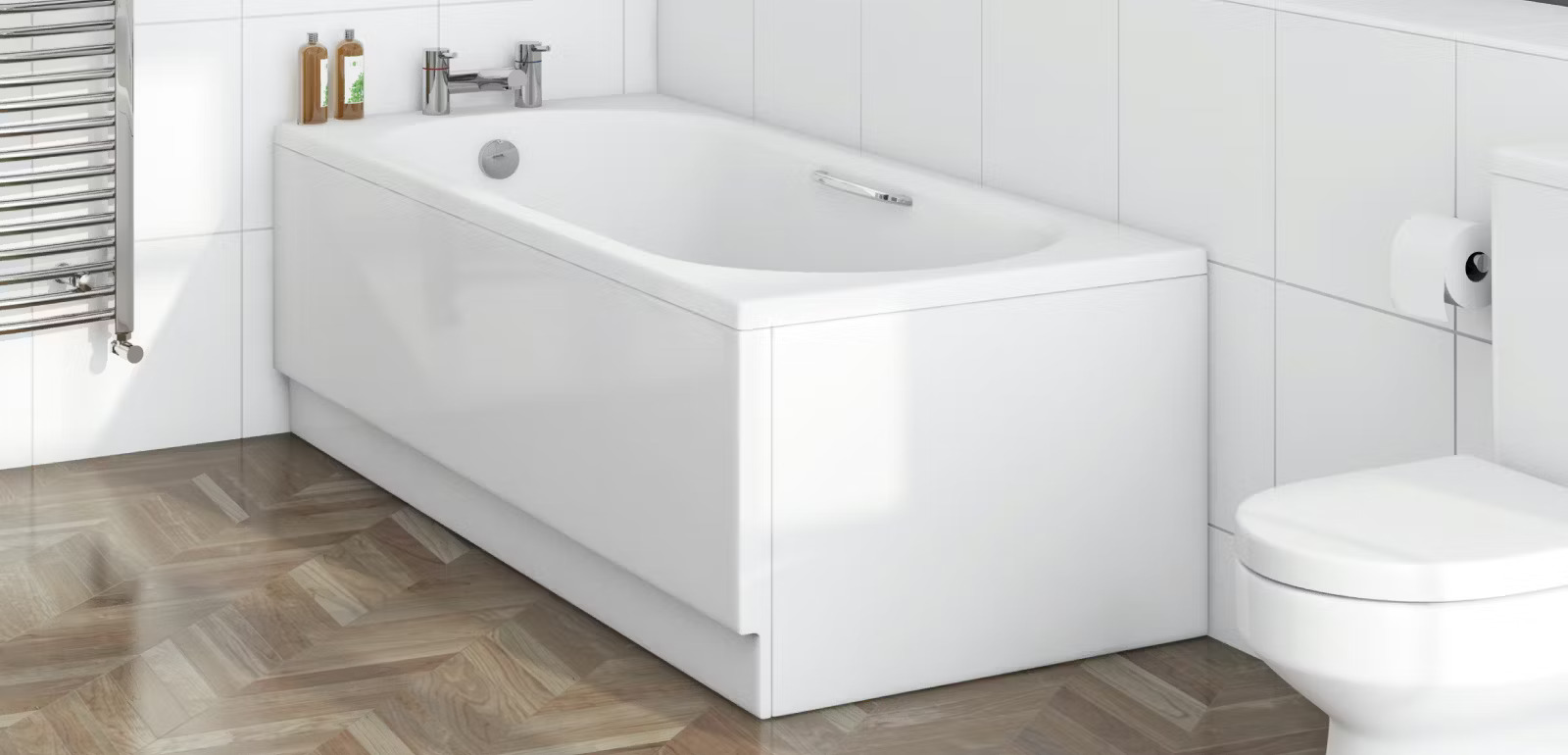

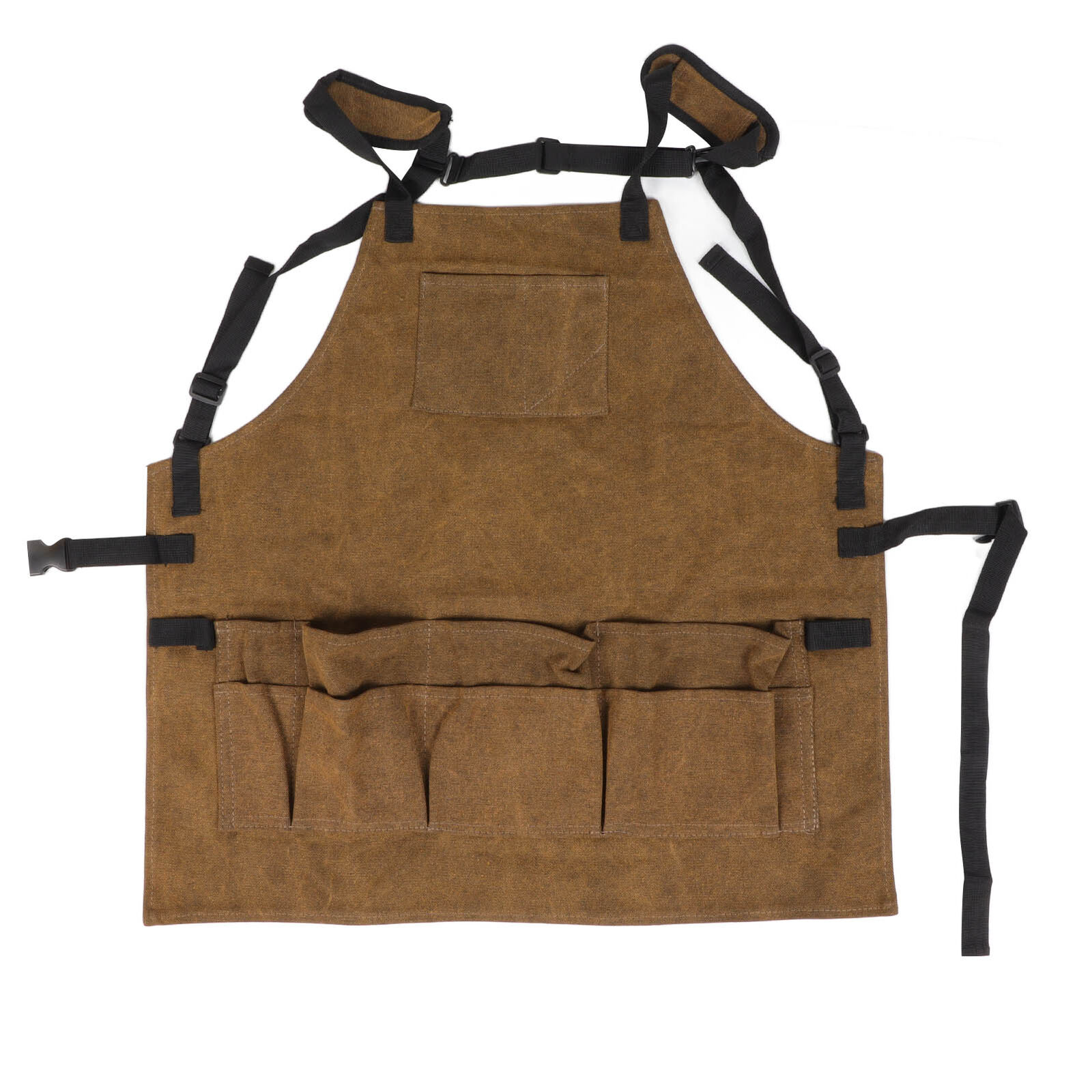
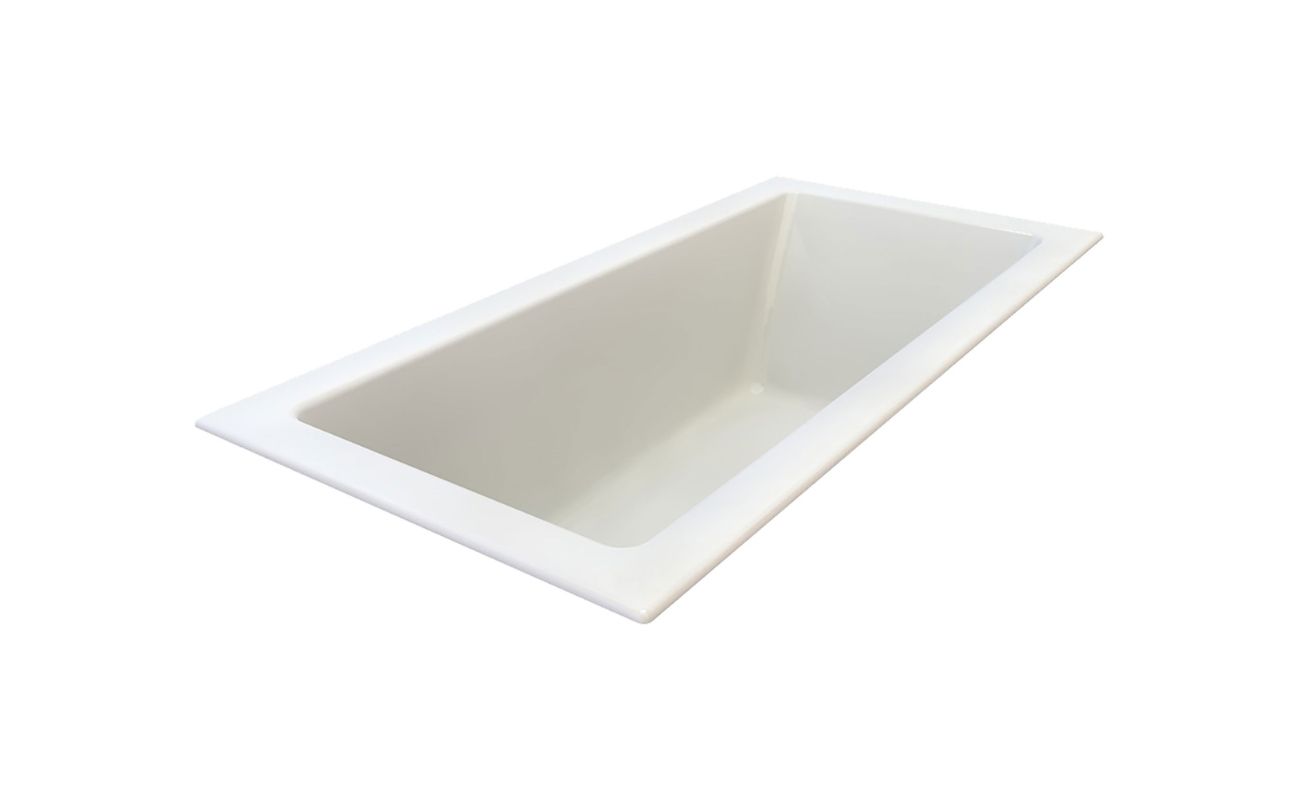
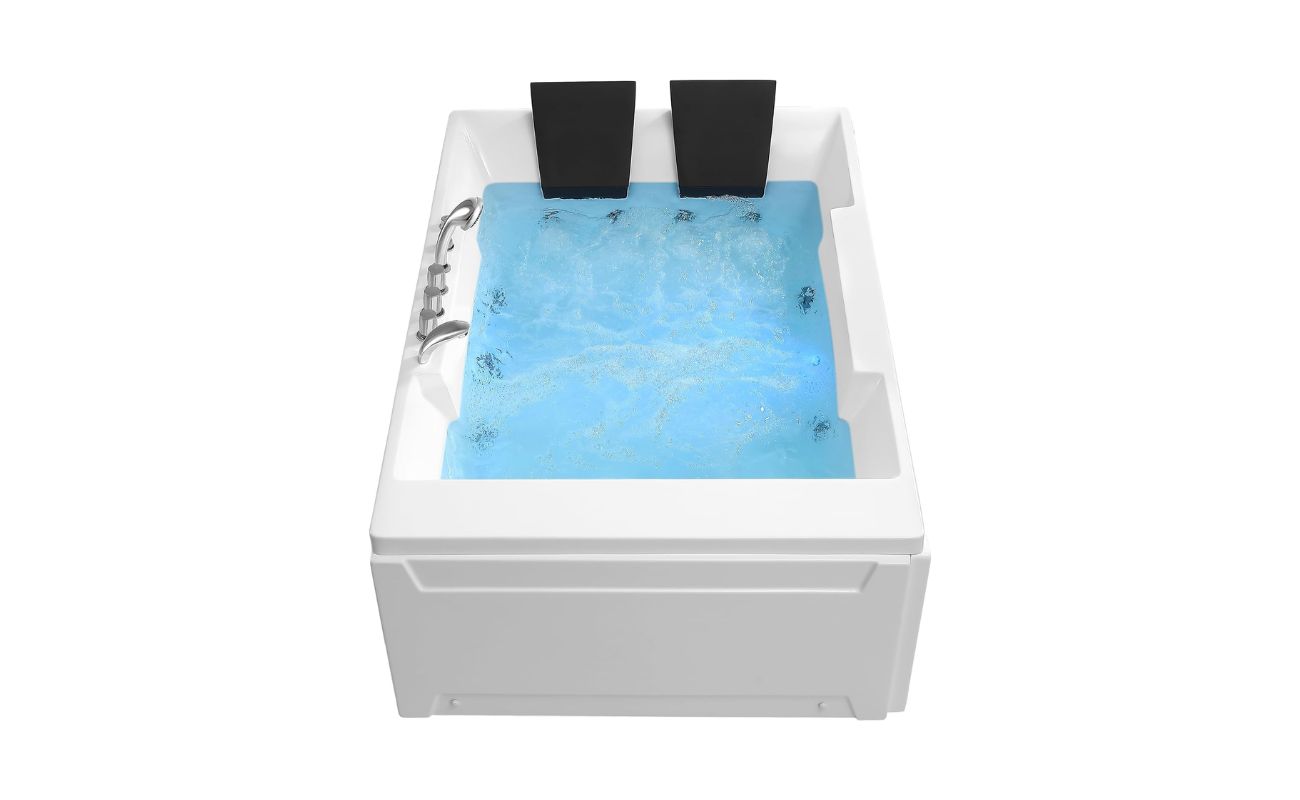


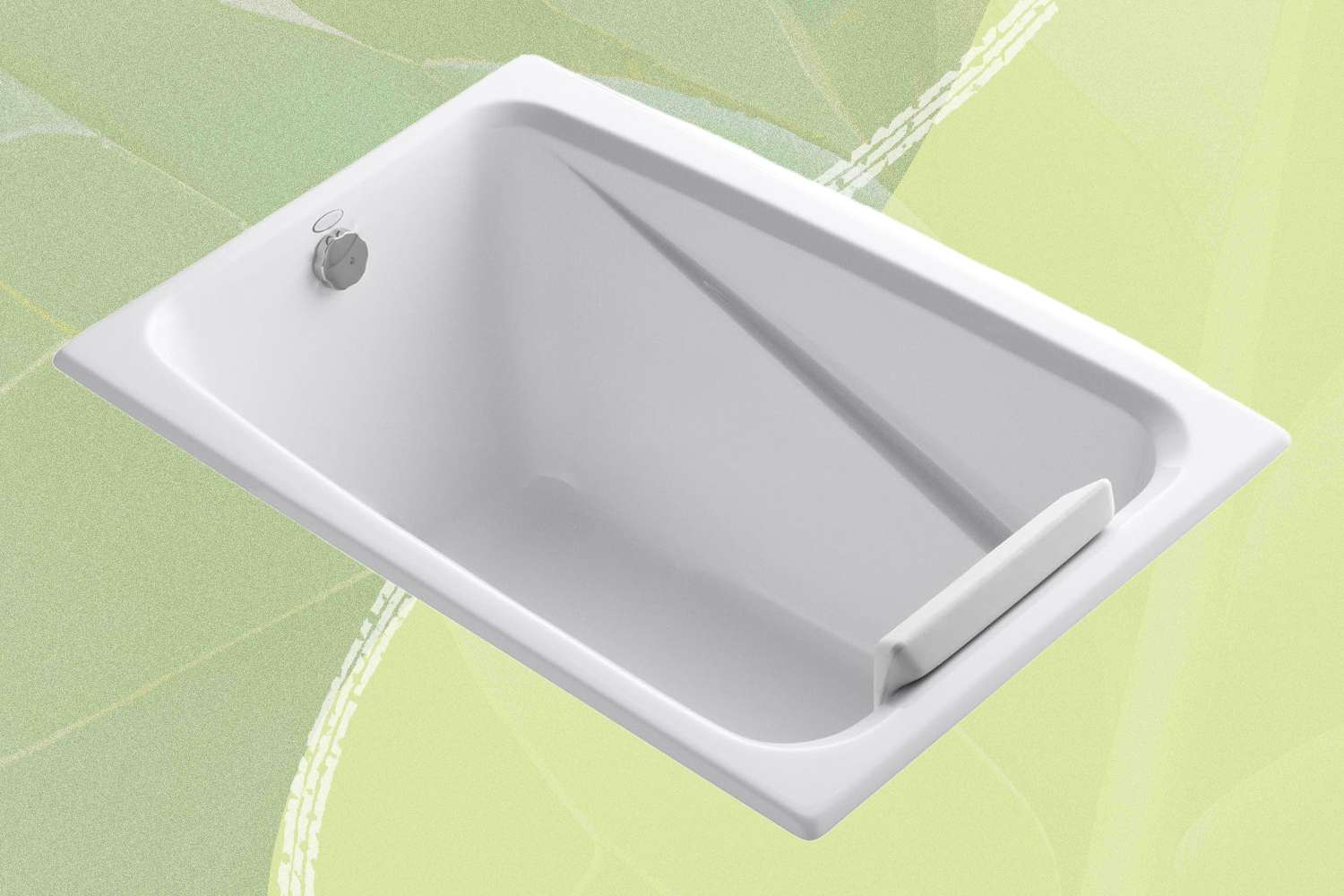
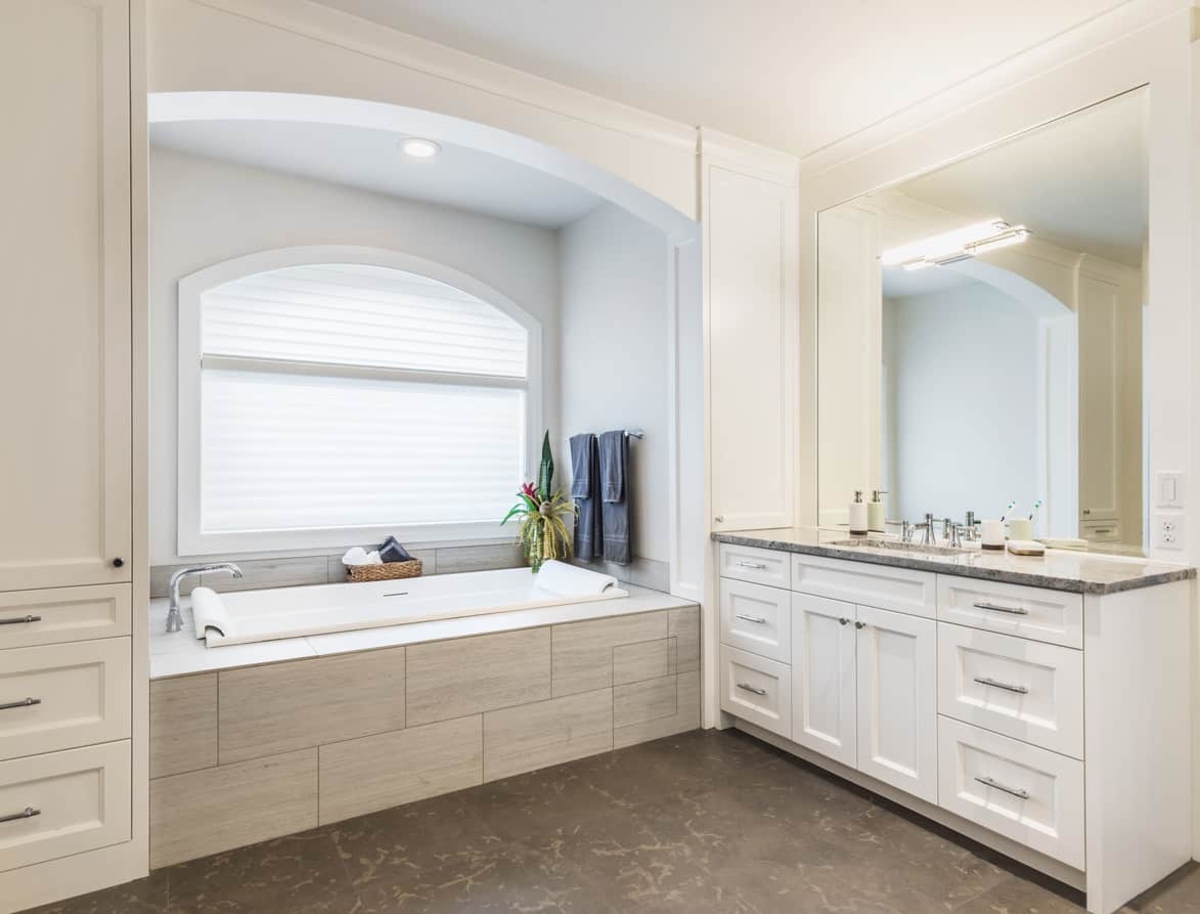
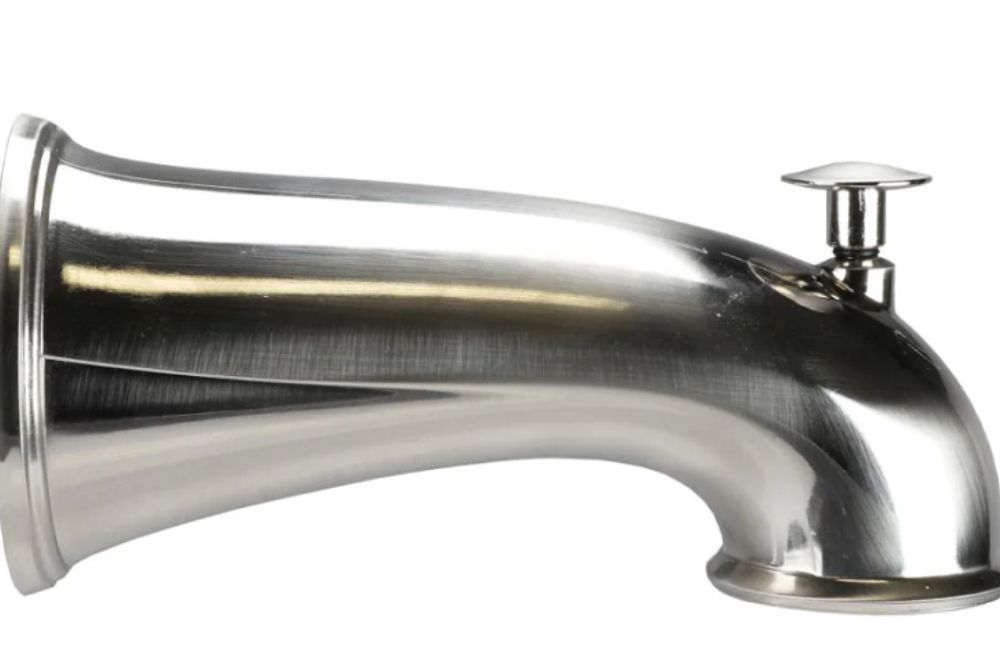
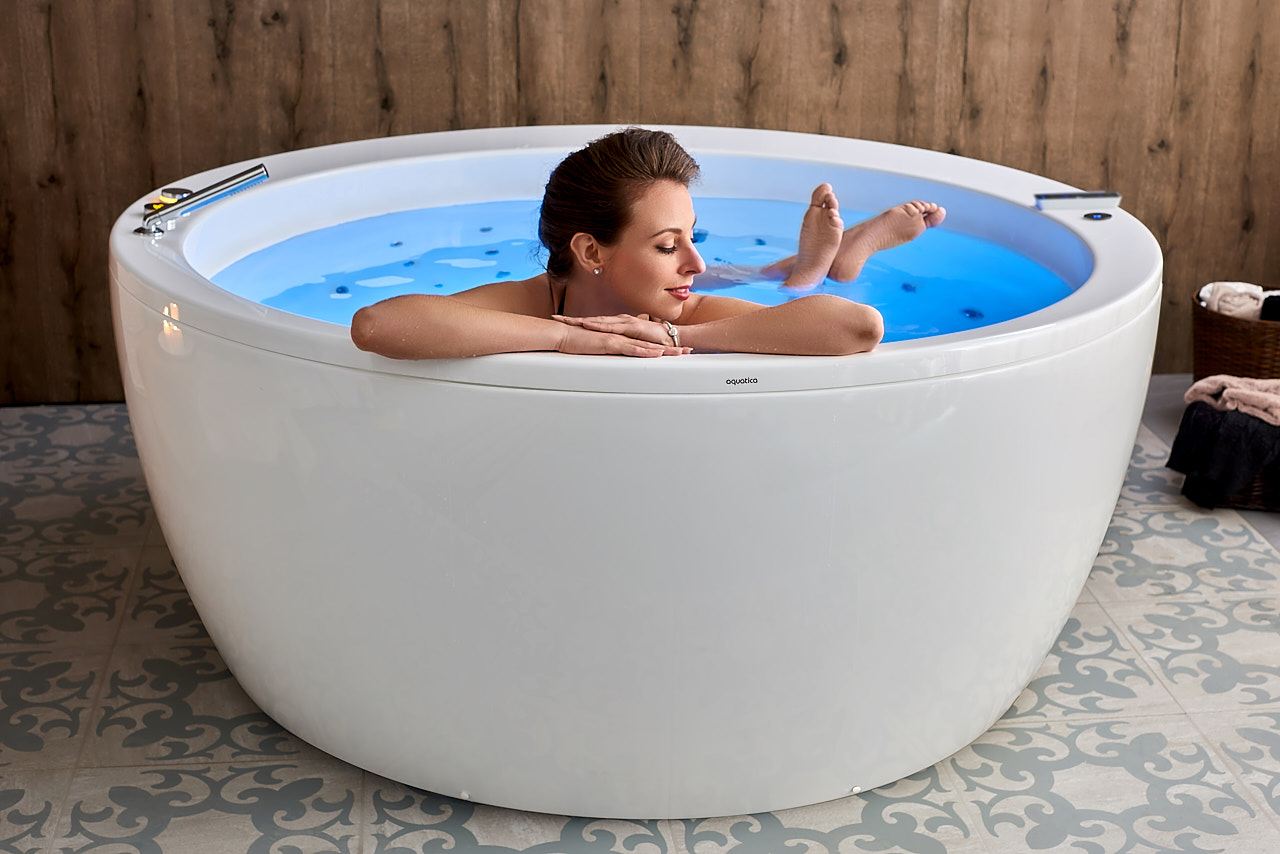
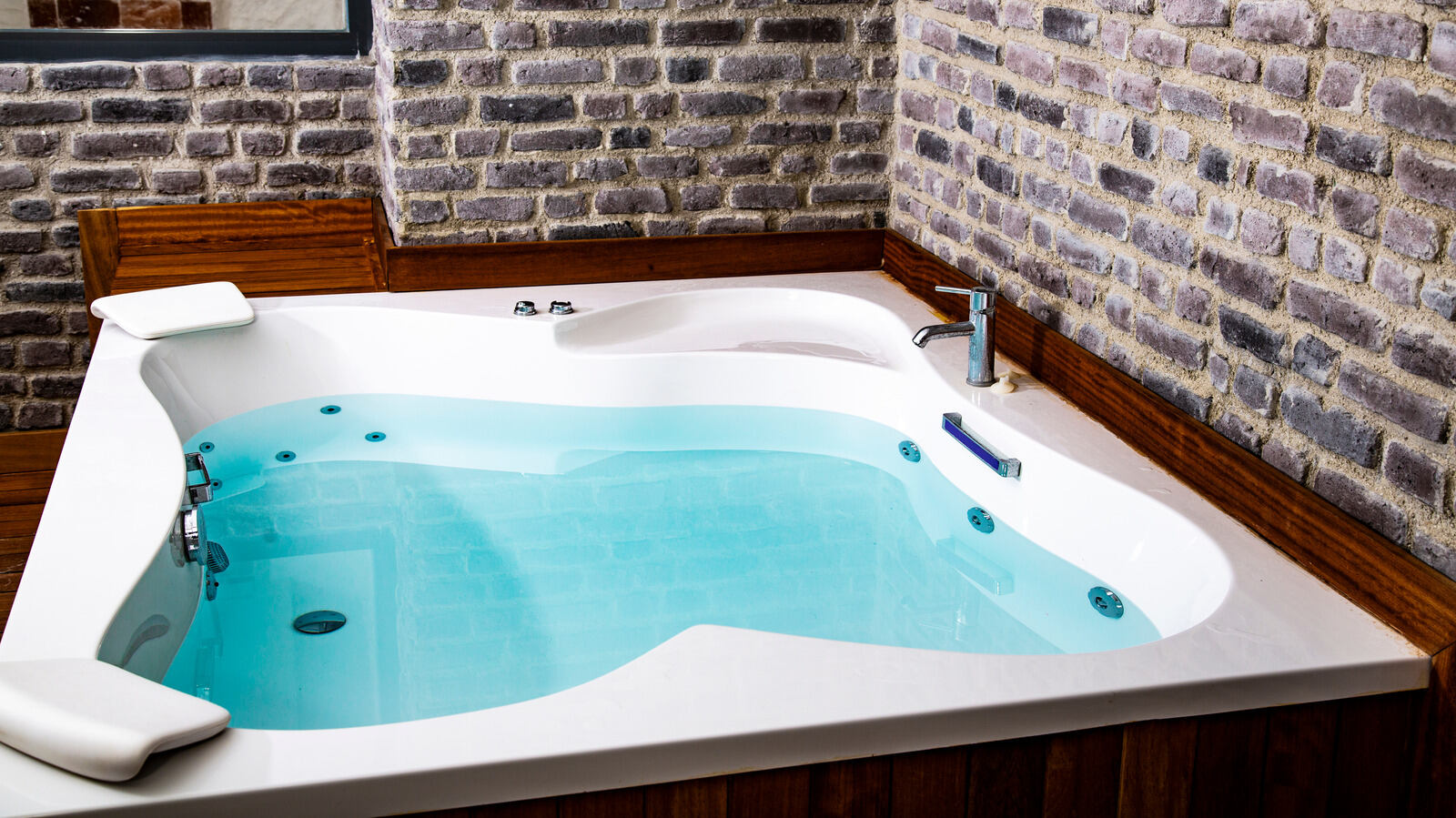
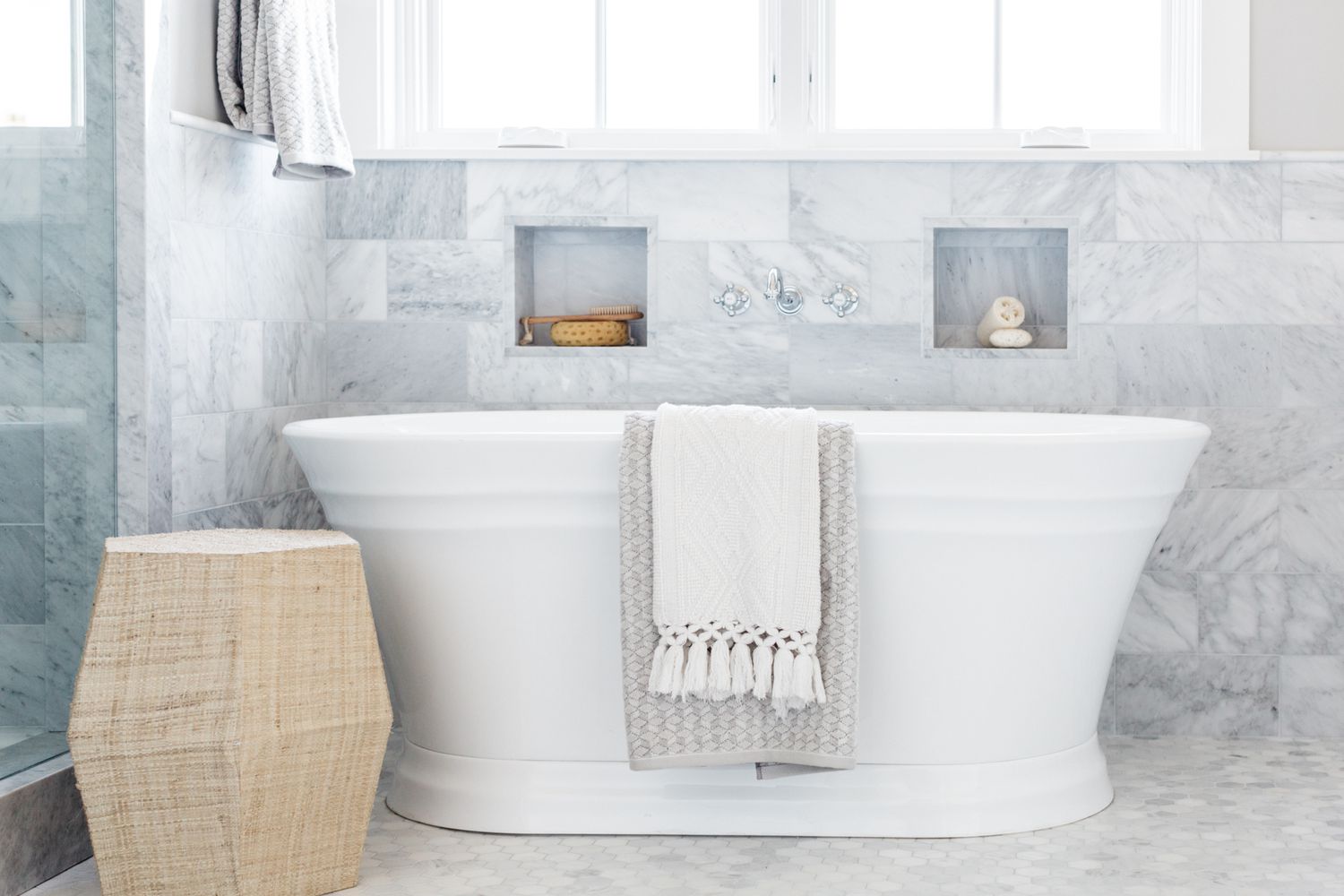


0 thoughts on “What Is The Apron On A Bathtub”